There are several terms that are commonly used in the startup world that it’s helpful to be familiar with. Here are a few:
Seed funding: Seed funding is the initial funding that a startup receives from investors to cover basic expenses and to fund the development of their product or service. It is typically used to cover expenses such as salaries, office space, and legal fees. Seed funding typically comes from angel investors, seed funds, and friends and family.
Series A funding: Series A funding is the first round of institutional venture capital funding. It typically follows seed funding and is used to fund a startup’s growth and expansion. Series A funding is used to hire new employees, expand into new markets, and increase marketing efforts.
Venture Capital (VC): Venture capital is a type of private equity that is used to fund early-stage and growth-stage companies. Venture capitalists (VCs) provide capital in exchange for an ownership stake in the company. VCs typically invest in startups that have a high potential for growth and success, and they provide valuable resources such as mentorship and industry connections to the companies they invest in.
Burn rate: Burn rate refers to the rate at which a startup is spending its capital. It is typically measured in monthly or annual terms and is used to track a startup’s financial health. A high burn rate can indicate that a startup is spending too much money too quickly and may not be able to sustain its operations for long.
Traction: Traction refers to a startup’s ability to gain customers and generate revenue. It is a key metric that investors use to evaluate the potential success of a startup. Startups that have strong traction are considered to be more likely to succeed than those that do not.
Exit: An Exit is when the founder or shareholders of a startup sell their shares to another company or group of investors. The most common way to Exit is through an Acquisition, which is when one company buys another company. or through an IPO (Initial Public Offering) when company shares become publicly traded on stock exchange market.
MVP (Minimum Viable Product): MVP is a version of a product that has the minimum core features to satisfy early customers and provide feedback for further development. MVP is used to validate the product market fit before investing a lot of resources in it.
Bootstrapping: Bootstrapping is building and growing a company with little or no outside funding. The entrepreneur or company funds the operation through their own personal savings, revenue generated by the business, or by borrowing money from friends or family.
Pitch deck: Pitch deck is a visual presentation used to present a company or product to investors or other interested parties. The pitch deck typically includes slides that provide an overview of the company, its products or services, the market opportunity, the management team, and financial projections.
Angel investor: An individual who provides capital to a startup in exchange for ownership equity or convertible debt.
Seed fund: A venture capital firm that specializes in providing seed funding to startups.
Incubator: A program that provides resources and support to startups, such as office space, mentorship, and networking opportunities.
Accelerator: A program that provides resources and support to startups, with a focus on helping the companies scale and grow quickly.
Lean startup: A methodology for developing and launching a new business based on rapid iteration, customer feedback, and validated learning.
Customer Development: A process of creating product or service based on the customer feedback, validate it, and iterate until it fits the market.
Business Model: The way a business makes money and generate revenue.
Product Market Fit: The degree to which a product satisfies the needs of a specific market.
Scalability: The ability of a business to expand and grow rapidly without incurring significant additional costs.
Intellectual Property (IP): Patents, trademarks, copyrights, and trade secrets that protect a business’s unique ideas, inventions, and brands.
Cap Table: A record of the ownership of a company, including the names of investors and the number of shares they own.
Pre-seed funding: Early-stage investment round, typically from friends and family or angel investors.
Series B funding: The second round of institutional venture capital funding, typically used for scaling the company.
Series C funding: The third round of institutional venture capital funding, typically used for expansion and market penetration.
Bridge loan: A short-term loan used to bridge the gap between fundraising rounds.
Term sheet: A document outlining the terms of an investment in a startup, including the amount of funding, ownership stakes, and key terms of the deal.
Dilution: The reduction of an individual shareholder’s ownership percentage of a company due to the issuance of new shares.
Convertible note: A type of debt instrument that can be converted into equity, usually at the next funding round.
Royalty: A payment made to a company by another company for the use of a patented product or service.
Stock option: A type of equity compensation that gives employees the right to purchase a certain number.











































